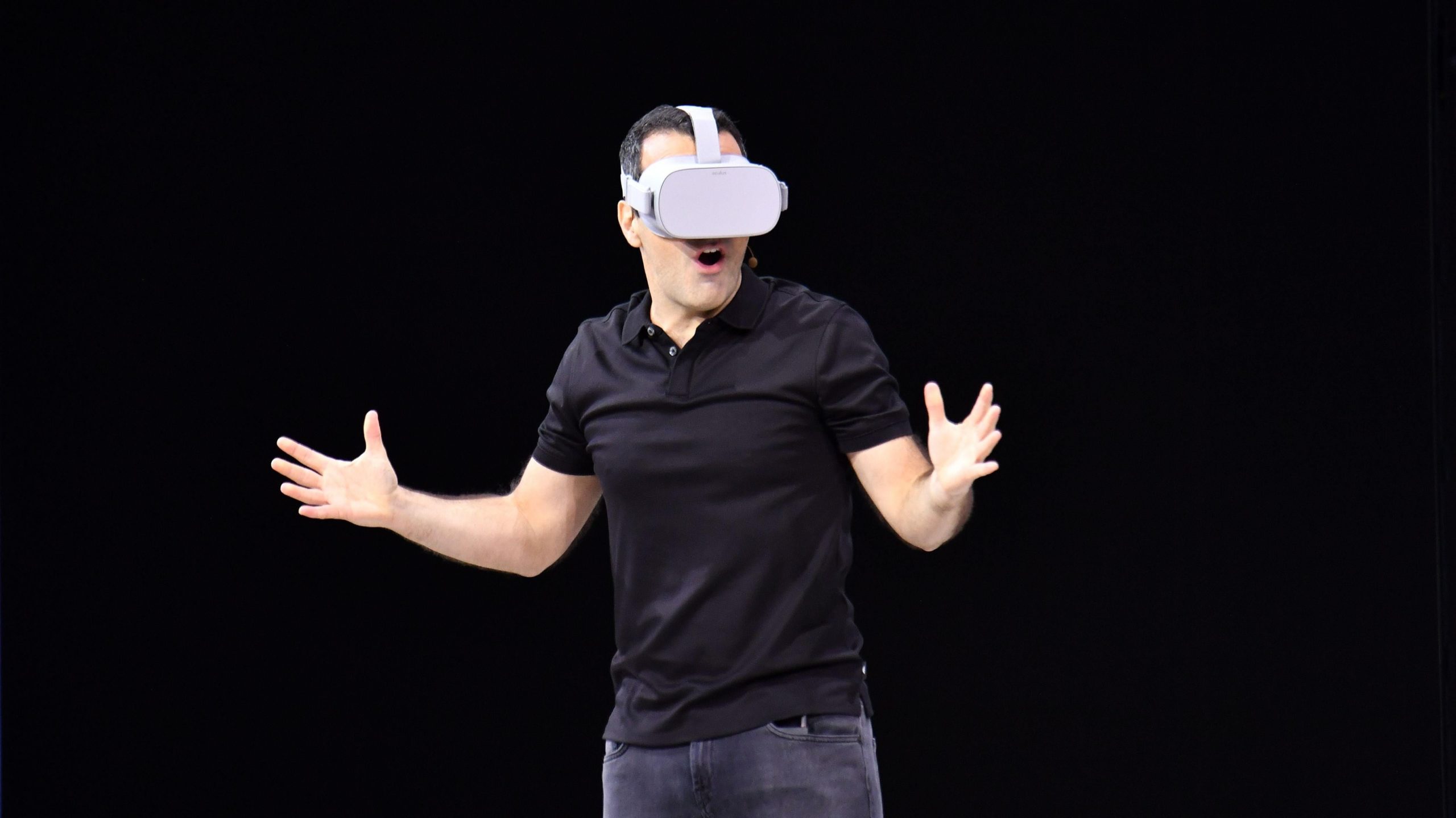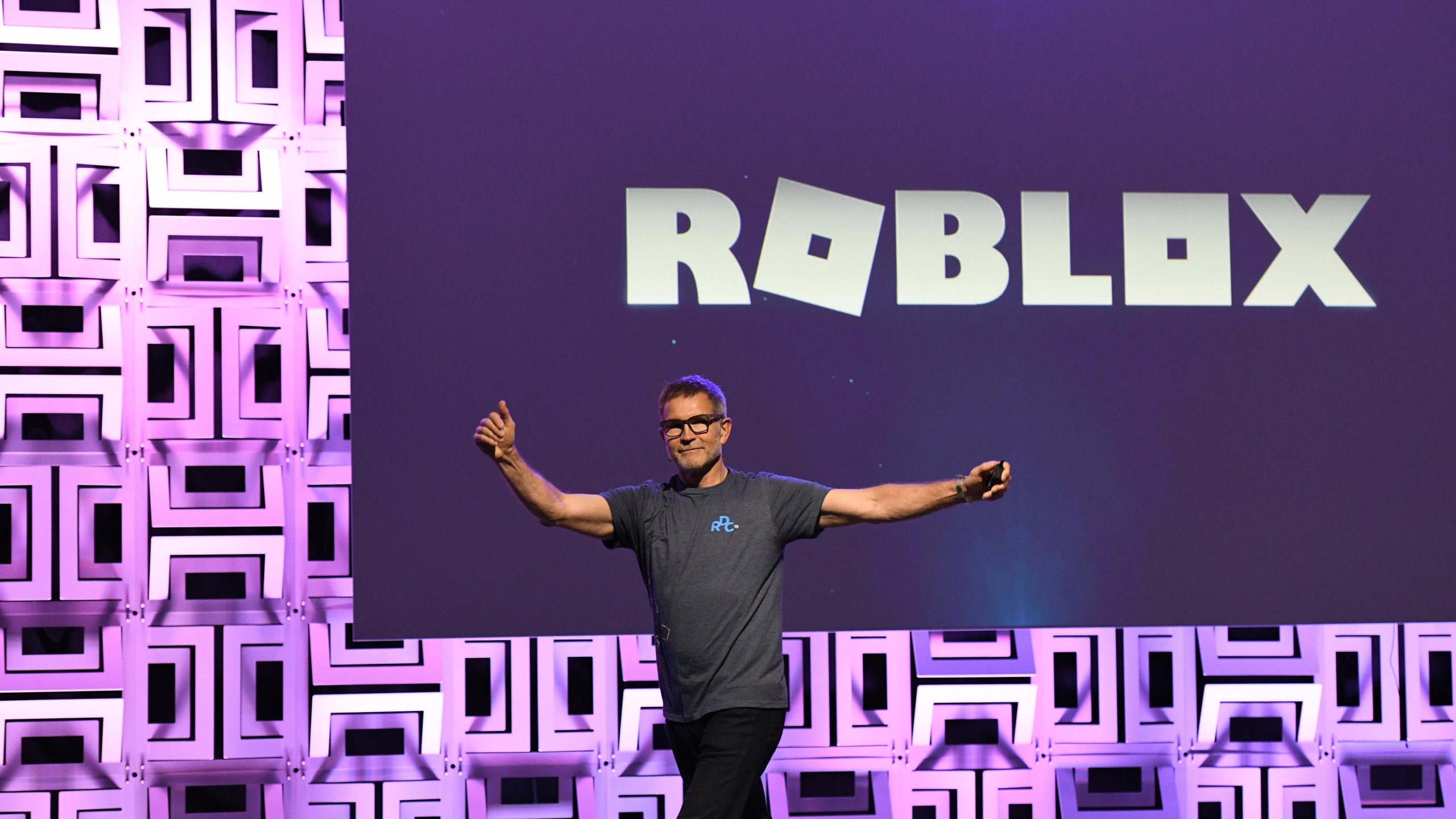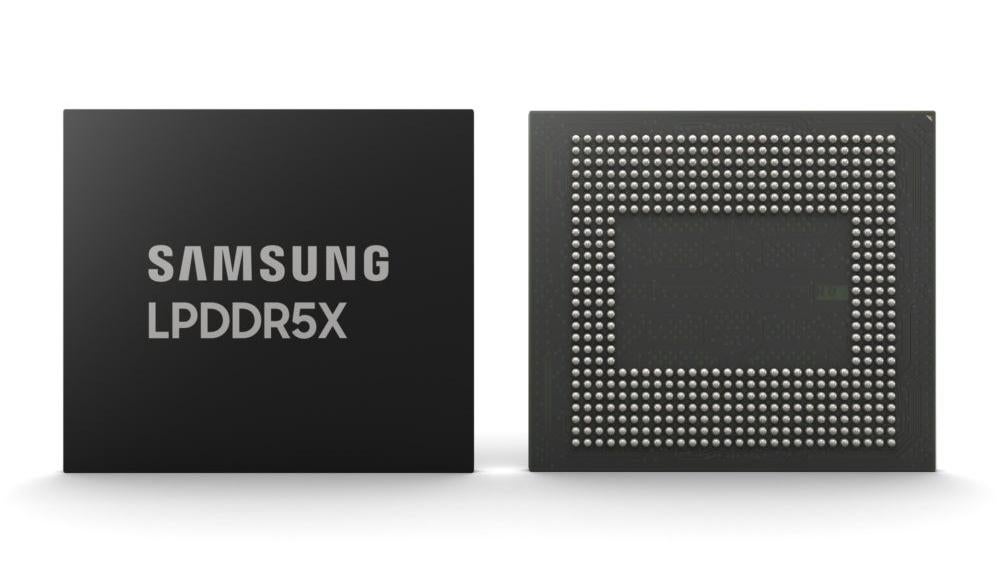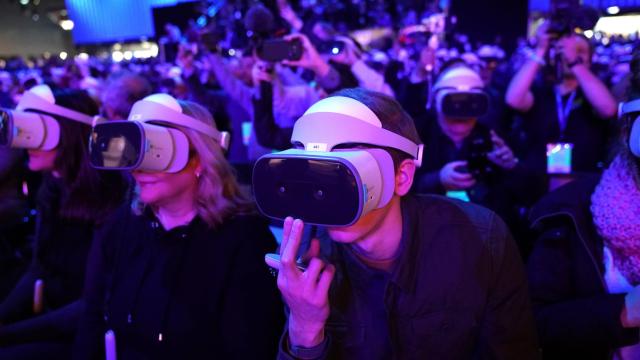By this point, you are probably already sick of the metaverse, and it hasn’t even arrived. Though the term has existed in science fiction for decades, it quickly became tech’s hottest buzzword and greatest source of marketing material since Mark Zuckerberg announced Facebook (now Meta) would become a metaverse company within the next five years.
Since Meta’s name change, just about every company with a semblance of a digital presence has released shareholder statements, given talks, or Tweeted about their plans for “the metaverse.” Gizmodo trudged through the armada of announcements over the past few weeks and has broken down the top 10 metaverses that might go beyond a one-off press release.
Meta’s Metaverse

Leading off the pack is a company that single-handedly managed to shift the industry’s attention towards today’s hottest buzzword and change its own brand name in the process. Meta has spent years building up its VR and AR portfolio and has even begun work on its own early versions of the metaverse with its Horizons and Horizons Workrooms platforms.
Looking ahead, Meta is also seeking to eventually incorporate its more future-facing tech, including wrist wearable neural inputs, advanced AR glasses, and smartwatches, into a further off metaverse it previously described as “the next era of human-computer interaction.”
Hobbling the company’s ambitions is the fact that many people hate Facebook but a recent poll showed most Americans hate Meta and Mark Zuckerberg even more.
Microsoft’s Office Metaverse

Earlier this month, Microsoft announced efforts to pursue an enterprise, office-focused metaverse by integrating AR and VR from its Microsoft Mesh platform into Teams. Team users wearing VR headsets could one day create customisable avatars that could mimic their facial cues and be used during video calls.
Microsoft has called this integration a “gateway to the metaverse” which they described as “a persistent digital world that is inhabited by digital twins of people, places and things.”
More importantly, Microsoft has been a mainstay in offices for decades.
Nvidia’s Metaverse Avatars

Nvidia gave its clearest roadmap towards a metaverse yet last week with the announcement of a new platform for creating avatars utilising facial tracking, speech recognition, 3D animation, and other technologies called the Omniverse Avatar. The announcement was part of Nvidia’s broader “omniverse” ambitions which are more or else another word for the metaverse but with a heater emphasis on technologies that interact with individuals in the real, physical world.
Roblox: The Metaverse Before the Metaverse

Depending on who you ask, some forms of metaverse are already here, and there might not be any greater example of that than Roblox. Now, the company says it’s expanding its idea of the metaverse by providing users and developers more tools to create experiences on their own terms with an emphasis on safety. In a recent interview with CNBC, Roblox CEO David Baszucki bragged that his company’s business model predicted the metaverse 17 years ago.
As of April, Roblox had over 203 million monthly active users constantly engaged in a digital second life. The company’s platform has ushered in one of the most successfully realised proto-metaverse, though it lacks most of the future-facing VR and AR effects.
Niantic Could be An AR Metaverse Leader

In terms of having a real-world impact on everyday uses, no company has arguably done more to bridge the gap between the real physical world and AR and VR experiences than Niantic, thanks to its wildly popular Pokemon Go launch back in 2016.
Though Niantic CEO John Hanke has previously derided the metaverse as a “dystopian nightmare,” it’s nonetheless creating its own version by a different name, one with a deep focus on AR. Last week, Niantic announced the launch of its own augmented reality development kit called Lightship, which aims to make building AR experiences “easier” and “more accessible.” The ultimate goal of Lightship is to one day create a “real-word metaverse.”
Qualcomm Wants to Create The Building Blocks for Metaverses

Unlike some of the others on this list, Qualcomm isn’t necessarily trying to make the one metaverse to rule all metaverses and also isn’t creating something, particularly niche. Instead, the company is looking to provide the building blocks for new AR apps through a platform called Qualcomm Spaces.
Qualcomm is already reportedly working with some developers and claims its platform will offer cross-device interoperability able to support a plethora of standalone AR devices as well as smartphone-powered AR devices.
Samsung is Designing a Next-Generation Mobile DRAM for the Metaverse

Though there’s a seemingly endless barrage of companies jostling to get in on the developer side of the metaverse, Samsung is attempting to lead the charge under the hood with its new LPDDR5X DRAM for smartphones and mobile devices.
Outside of smartphones, Samsung believes the LPDDR5X DRAM will support high-speed future-facing applications, which include the metaverse as well as AI and 5G.
Match Wants You to Date in the Metaverse

If the prospect of a “dating metaverse” gives you the creeps, then you’re clearly not Match Group, which earlier this month revealed its plans for an avatar-focused dating experience called “Single Town.” Match believes bachelor and bachelorette avatars mingling in this town will use real-time audio to meet in bars and other virtual spaces.
“It is metaverse experiences coming to life in a way that is transformative to how people meet and get to know each other on a dating or social discovery platform, and is much more akin to how people interact in the real world,” CEO Shar Dubey, told TechCrunch.
Tencent Prepares for the Gaming Metaverse

The world’s largest game publisher made clear some of its future metaverse plans during a call with investors last week noted TechCrunch. It outlined three possible pathways to reach the metaverse. Notably, Tencent is more focused on the software side of things and said it isn’t as worried about VR headsets or other devices. “Hardware will probably be an assisting condition but not the necessary condition,” Tencent president Martin Lau said.
Another recent report from The South China Morning Post claims the company is developing an international team to create new games geared toward the metaverse.
Unity is Spending Big on the Metaverse for Entertainment

Though Unity may not have the same level of cultural cache as some of the other companies on this list, you’ve more than likely played a game or watched a movie that used its 3D development platform in one way or another. So, of course, it’s signalling its intention to make a splash in the gaming metaverse.
Just last week, the company shelled out $US1.63 (A$2.24) billion to acquire Visual effects studio Weta Digital which has been involved in major blockbusters like Avatar and the Lord of the Rings. The company believes the acquisition will develop a wider arsenal of tools to create what ends up maturing into a user-focused metaverse through multiple digital mediums.
Editor’s Note: Release dates within this article are based in the U.S., but will be updated with local Australian dates as soon as we know more.
